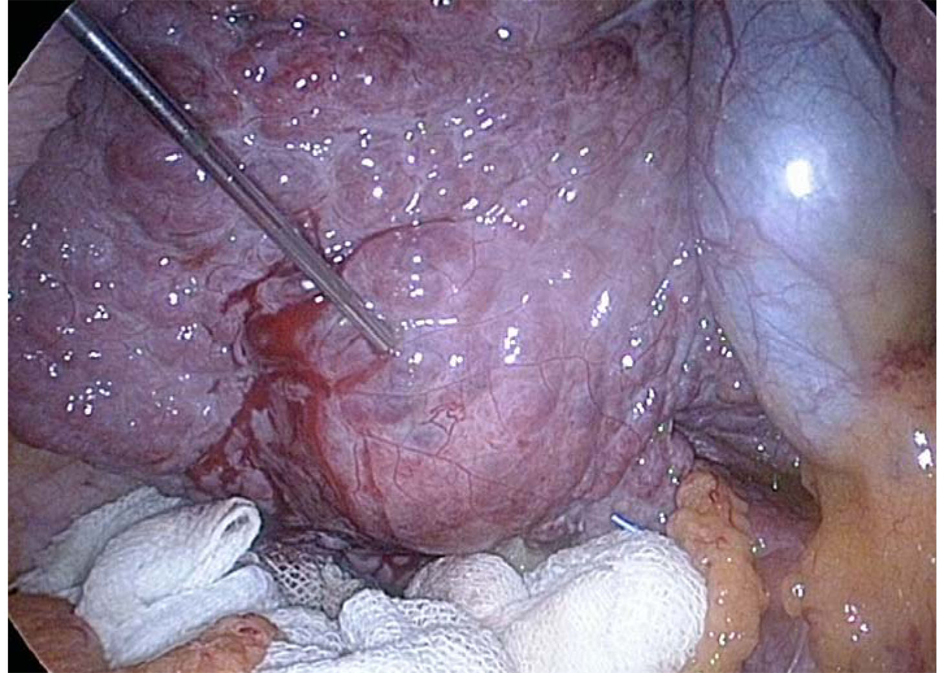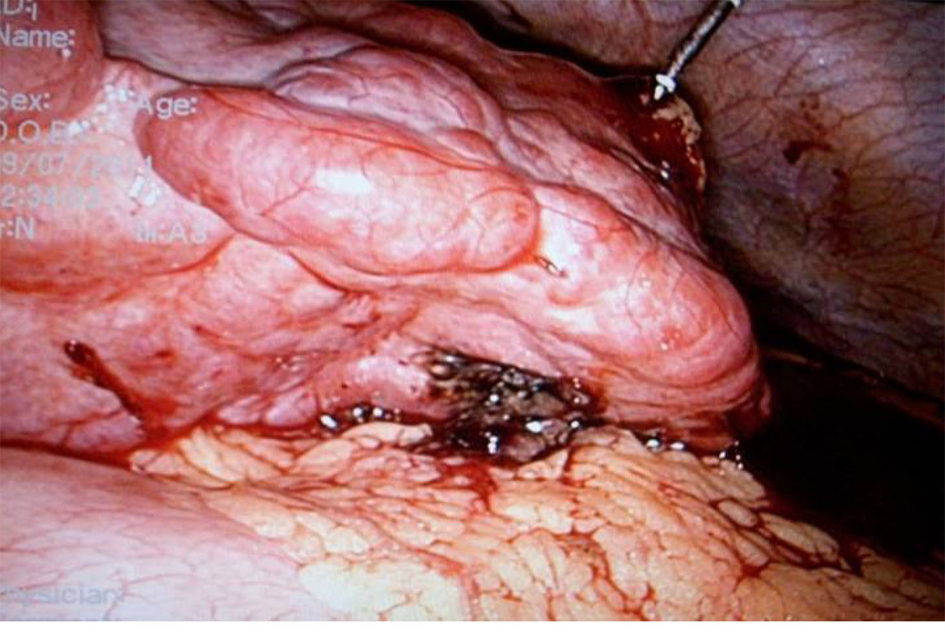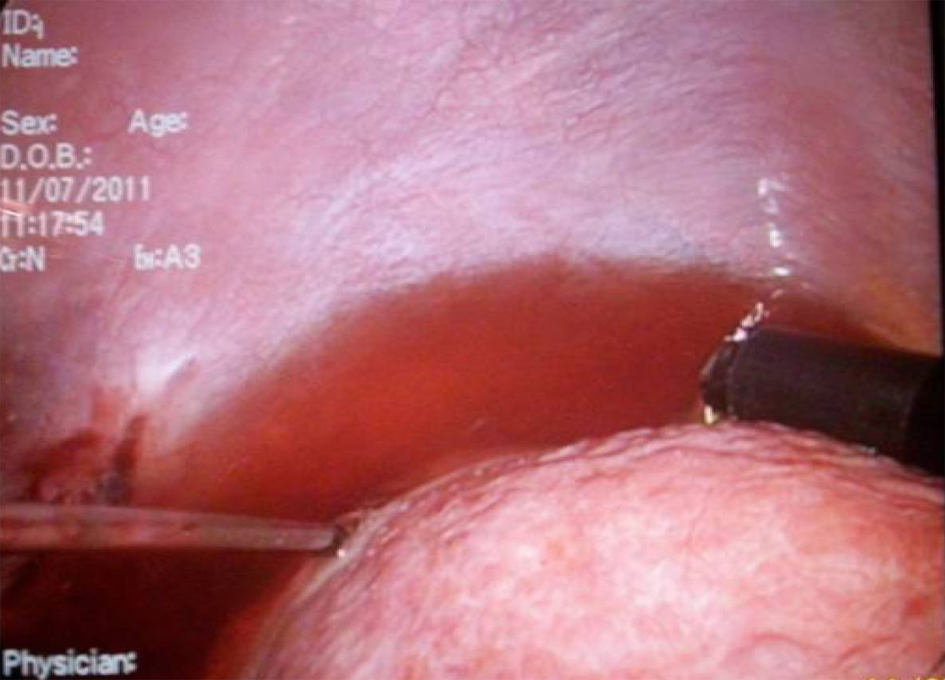
Figure 1. The colon was protected with abdominal gauze soaked in saline solution.
| Gastroenterology Research, ISSN 1918-2805 print, 1918-2813 online, Open Access |
| Article copyright, the authors; Journal compilation copyright, Gastroenterol Res and Elmer Press Inc |
| Journal website http://www.gastrores.org |
Original Article
Volume 5, Number 6, December 2012, pages 232-235
Laparoscopic Radiofrequency Thermal Ablation of Hepatocellular Carcinoma in Liver Cirrhosis Patients
Figures




Tables
| Inclusion criteria |
|---|
| 1. Contraindication of using percutaneous radiofrequency. |
| 2. HCC near to vital organs such as diaphragm or gut. |
| 3. Patients with Child-Pugh (A and B). |
| 4. Patients who has an additional surgical indication such as, cholelithiasis, umbilical hernia. |
| 5. Patients with hepatocellular carcinoma ≥ 5 cm in diameter. |
| 6. Patients with American Society of Anesthesiologists (ASA) I, II, and III patients |
| Items | Results |
|---|---|
| Mean age | 60 years |
| Mean operative time | 120 minutes |
| Mean hospital stay | 1.5 days |
| Mean lesion size | 3.5 cm |
| Lesion site | Segment-II: 5 cases Segment-III: 3 cases Segment-IV: 2 cases Segment-V: 2 cases Segment-VI: 4 cases Segment-VII: 4 cases + one new lesion Segment-VIII: 9 cases + two new lesions |
| Complications | Fever: 5 patients Ascites: 9 patients Recurrence: one patient |